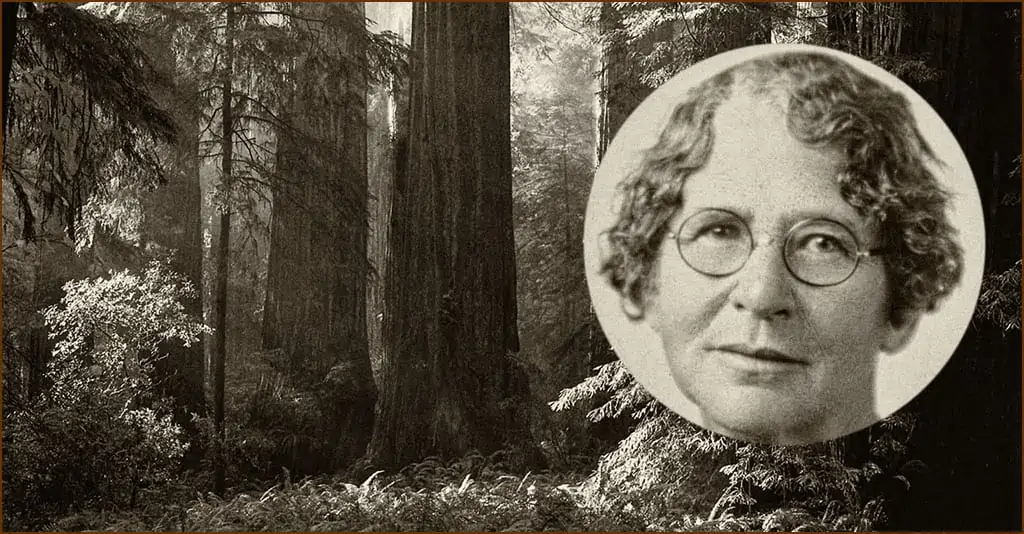
Pauli Murray. Fannie Lou Hamer. Dorothy Height. Rosa Parks. Mary Church Terrell. Ida B. Wells-Barnett. When you think of female civil rights activists, these are just some of the names that come to mind. But Elizabeth Peratrovich? Chances are her name probably wouldn’t be on that list. But she was the Alaska Native civil rights champion who was instrumental in the 1945 passage of what was the United States’ very first anti-discrimination law.
Continue reading “Elizabeth Peratrovich – America’s Least Known Civil Rights Activist”




